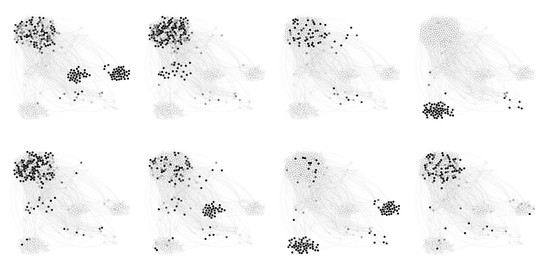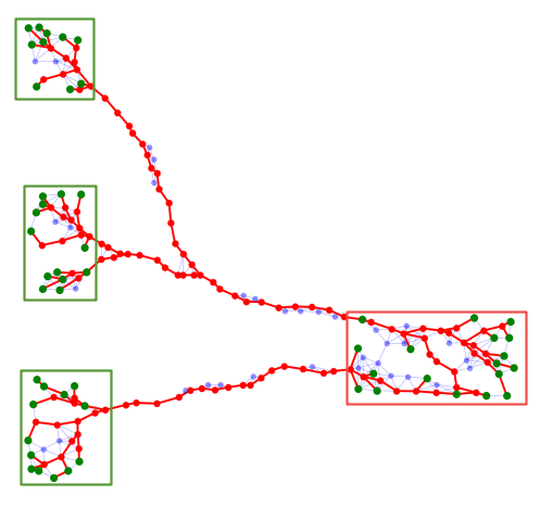Caterina De Bacco
Associate Professor
TU Delft
Physics for Inference and Optimization
I like to approach research by addressing application-oriented problems involving domain experts from different disciplines via developing models and algorithms derived from statistical physics principles.
From September 2024 I am Associate Professor at TU Delft, part of the NAS group, in Delft, Netherlands.
Between July 2018 and August 2024 I was an Independent Research Group Leader at Cyber Valley, Max Planck Institute for Intelligent Systems in Tübingen, Germany.
I obtained a degree in Physics at University of Padova and a PhD in Statistical Physics at Universitè Paris Sud 11 in 2015, advised by Silvio Franz and Satya Majumdar with a
Marie Curie ITN fellowship .
After that, I was a Program Postdoc at the Santa Fe Institute working with Cris Moore and then at the Columbia Data Science Institute working with David Blei.
Interests
- Inference on networks
- Routing Optimization
- Probabilistic Modeling
- Statistical physics
Education
-
PhD in Statistical Physics, 2015
Universitè Paris Sud 11
-
MSc in Theoretical Physics, 2012
Università di Padova
-
BSc in Physics, 2010
Università di Padova

